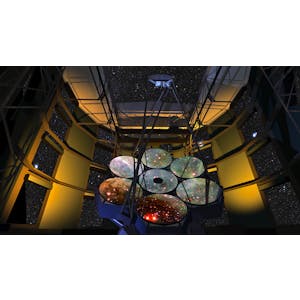Description
In this course, you will learn:
- The earliest paleontologists to study dinosaurs in Patagonia, as well as their most important results.
- Identify the major dinosaur groups and learn the basic terminology used in systematic investigations.
- Learn how a new dinosaur establishes its territory.
- Assimilate the continents' climatic and geographical circumstances during the Triassic, Jurassic, and Cretaceous periods.
- Examine the most important traits of Patagonia's main dinosaurs.
- It's important to remember that birds are dinosaurs.
- Recognize the benefits and drawbacks of an animal developing the condition of gigantism.
Syllabus:
1. History of dinosaur research in Argentina
- The first dinosaur in South America and the influence of Florentino Ameghino on Argentine paleontology.
- The paleontological works in the Ischigualasto-Villa Unión Basin and the first investigations of José Bonaparte.
- The paleontological works of the 60s and 70s and the contributions of Rodolfo Casamiquela.
- The discoveries of the largest dinosaurs in the world and the explosion of knowledge of the Patagonian dinosaurs.
2. What is a dinosaur
- Taxonomic classification of dinosaurs
- Basic characteristics of the different types of dinosaurs
- How is a new species of dinosaur identified?
3. Dinosaurs of Patagonia
- Triassic Dinosaurs
- Jurassic Dinosaurs
- Cretaceous Dinosaurs
- Giants of Patagonia
- Flying dinosaurs









